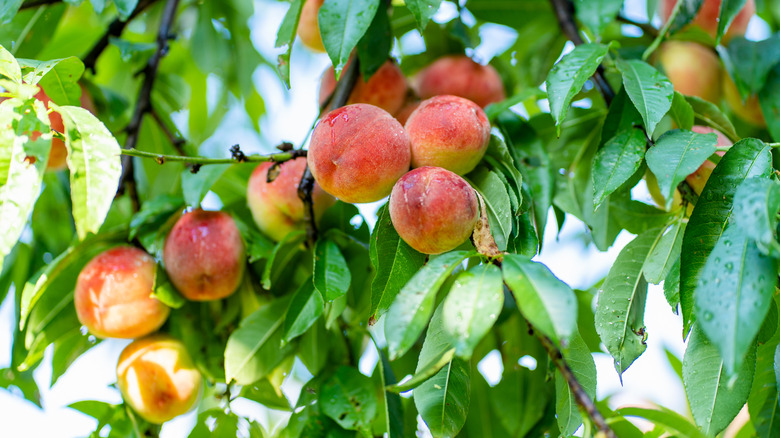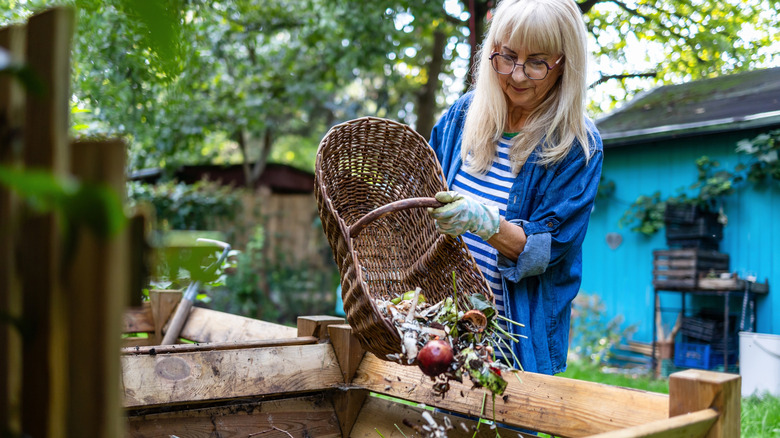Help Your Fruit Trees Thrive With One All-Natural Soil Addition
Fruit trees are one of nature's best gifts to gardeners. From juicy and sweet peaches to tangy lemons, they are a quintessential part of a thriving garden. However, the process can require a ton of patience, and sometimes the yield can be disappointing. As a result, gardeners often feel the need to search far and wide for tips and tricks to help fruit trees grow and produce faster. But whatever fruit you choose to grow, what remains is the fact that providing your fruit tree with the right nutrients can make a huge difference between a mediocre harvest and a plentiful one.
With so many new, nutritious forms of fertilizer in the gardening scene at any given time, choosing the right one can get overwhelming. But the good news is, you won't need any harsh or synthetic fertilizers to give your fruit tree a nutritional boost. By using this natural substance, you might notice extra benefits such as disease and pest resistance, and a more plentiful harvest. The ingredient? Compost. Not only is compost good for the environment, it packs a nutritious punch for your fruit trees. Rich in potassium, nitrogen, and phosphorus, don't be too surprised when your tree kickstarts its growth pattern.
How to use compost to boost fruit tree growth naturally
Creating compost for fruit tree growth requires minimal effort for maximum reward. The biggest benefits of composting at home are, but not limited to, enriching the soil of your fruit tree naturally, speeding up growth, boosting overall health, and eliminating the need for expensive store-bought fertilizers. Other benefits include balancing soil density for healthier roots, absorbing water to reduce the need to water as often, and suppressing pests and diseases for less pesticide use. But how do you make compost, and where do you apply it?
Start with common organic waste like food scraps, grass clippings, leaves, paper, and wood. These ingredients fall into two categories: nitrogen-rich "greens" like grass clippings and leaves, and carbon-rich "browns," like paper and wood. Next, choose a spot in your backyard with good drainage and water nearby, and use a bin. Begin with a 4 to 6-inch pile of the browns first, then alternate with greens, and chop the materials so they break down easily. Make sure to cover greens with 4 to 8 inches of browns at all times. In three to five months, it should be ready to use as long as it's maintained and stirred every once in a while to quicken the process of decomposition.
Now, you're ready for the fun part: applying it to your fruit tree. For maximum results, apply 2 to 3 inches of compost to the inside and outside parts of the drip line, or the area that stretches to the furthest tips of the tree's branches. Add water to the compost to help it settle, and watch your fruit tree thrive.

